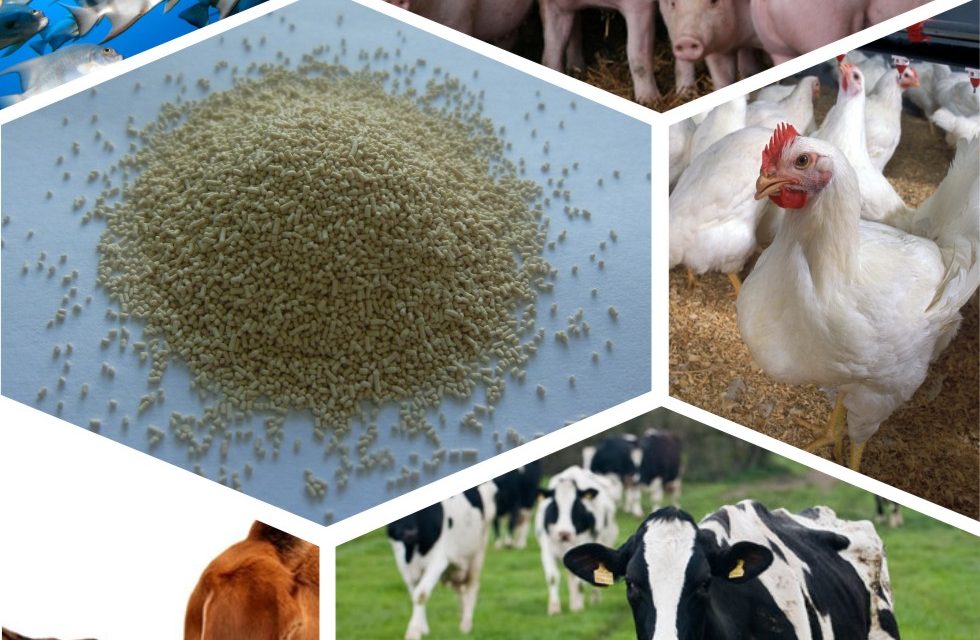Livestock farming, large and small, is still very much big business in Zimbabwe. The current shifts in the economy have effects on all businesses but a business well planned can be viable. The recent change in marketing rules for maize, which is a critical input in livestock feed makes for a very difficult for livestock farmers. It also presents an opportunity to step into the business.
Formulation
The first step is in the formulation of feeds. Feeds are formulated with the specific needs of the livestock they are intended for. Here you want to niche and target. Pigs, cattle, goats, rabbits, chickens and so on. The market is both wide and deep. The formulation also takes into account the nutrient needs of the animals at the different stages of their development. There are many organisations in agriculture offering feed making and formulation classes and this is essential education to step in this business. The classes are usually short form weekend classes.
Ingredients
Sourcing the ingredients after the formulation is the next step. As a nation that is still largely agro-based, there are a multitude of farmers involved in the production of the various inputs. Grains such as the aforementioned maize as well as corn, soybean, sorghum, barley and oats are popular in many mixes. These other grains may serve as a viable option to maize. Vitamins and minerals such as calcium, phosphorus, magnesium, potassium and sodium among others. The amounts required and proportions depend on the formulation.
Machinery
To produce at scale machinery is absolutely essential. As a start-up operation, you can get away with manually mixing but this is not sustainable at a high level. In a previous article, we highlighted machinery that can be used for this purpose and you can read out it here. This will likely be your largest capital outlay.
Packaging
The packaging is important as there are issues around the storage of the feed to consider. Customers operating at scale would prefer to buy feed in bulk for the long haul and store it. Breathable packaging may be necessary. Other considerations are of course branding the packaging as a way to create a calling card or an easy marketing opportunity. Building a brand is important in this business. The general thinking amongst farmers is to stick to what works.
Marketing
Your marketing and sales will depend on your capacity to effectively carry it out. The three essential channels are sales representatives, distribution channels and online avenues. Sales reps are essential as marketing to farmers is still very much a contact exercise. It is not entirely difficult to find many farmers concentrated in one place as trade shows such as the Harare (Agricultural) show still very much focus on agriculture-related businesses. This is something that you would want to work into your budget.
Placing your products in distribution channels like shops that cater to livestock and farmers is also essential. The buying process is not a straightforward “see and buy” arrangement and for this reason, you will have to operate on a multichannel basis.
Online outlets cannot be discounted as technology has entered more and more into every field. See 5 ways to get your business online for free to see how you can create an online presence without spending a lot of money. This shouldn’t stop you from investing in your online presence though. A combination of all the channels will greatly increase your sales opportunities.
This could be a good additional business channel to a farmer of grain who looks to value add to their products as the sector faces many challenges including the two recent statutory instruments that systematically banned foreign currency transactions and regulated the sale of maize.








